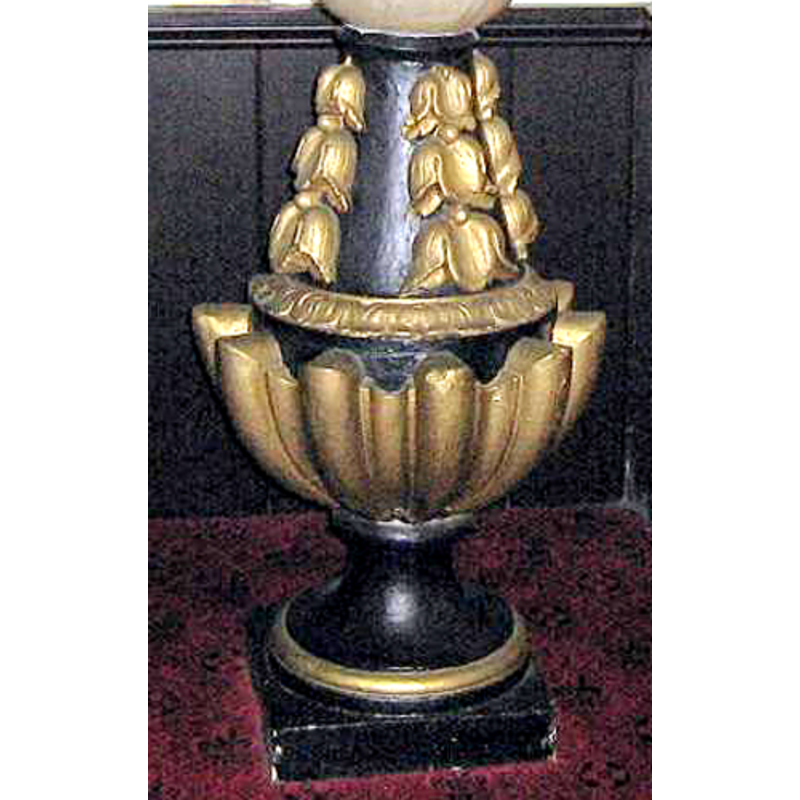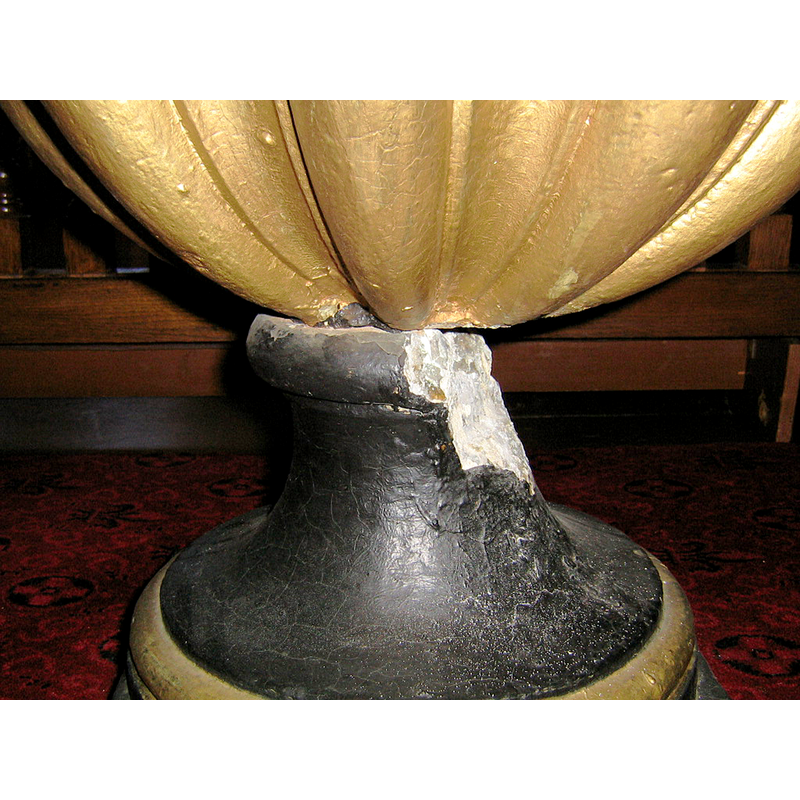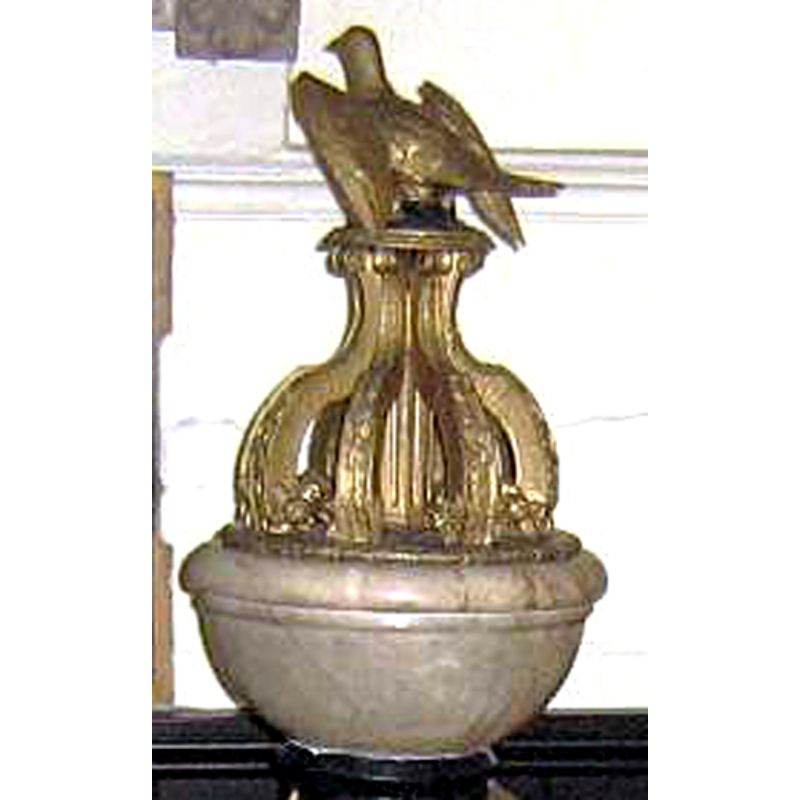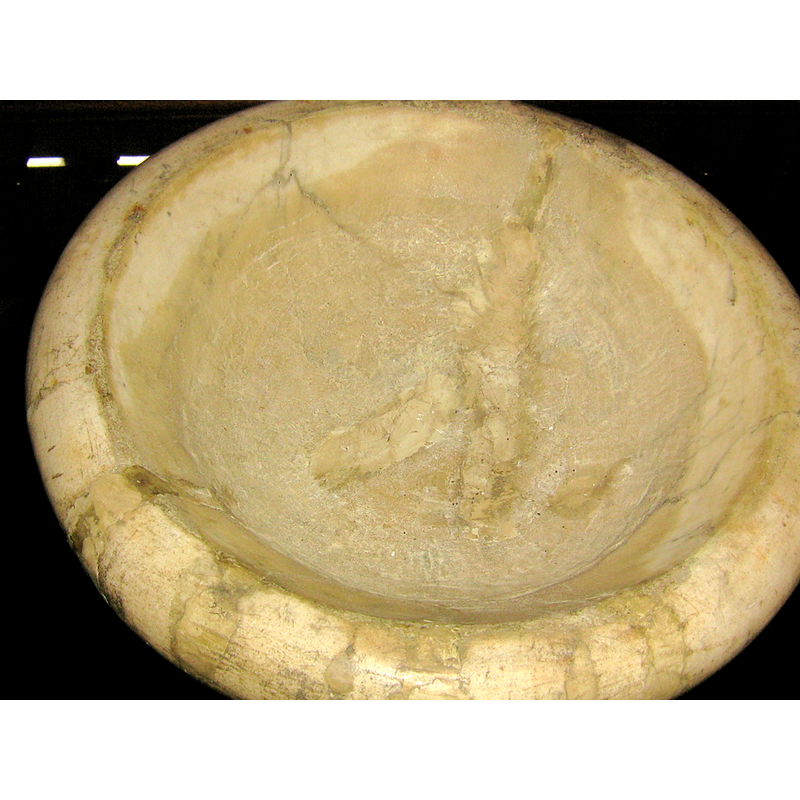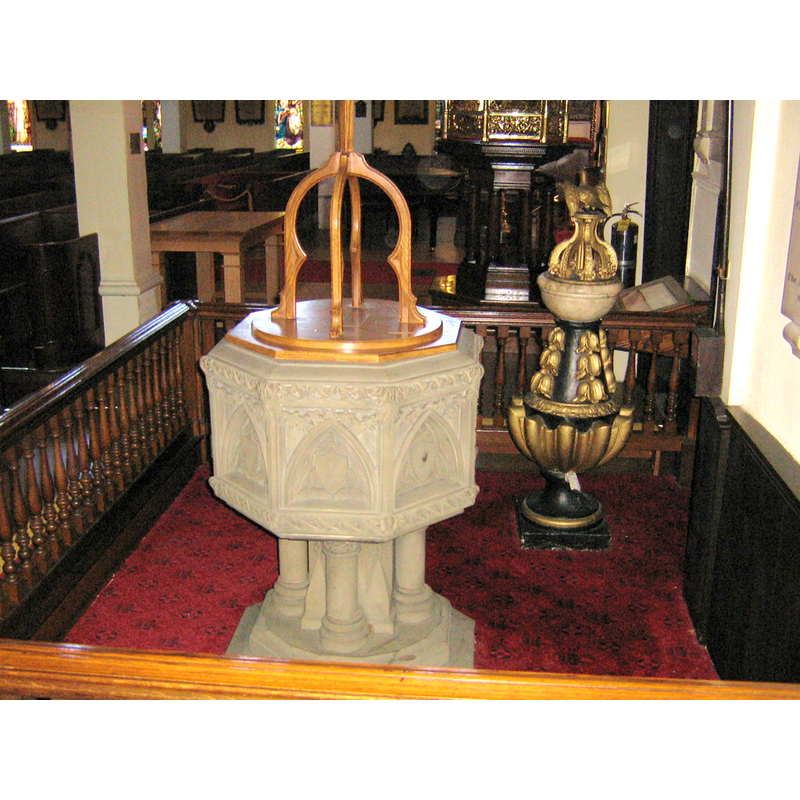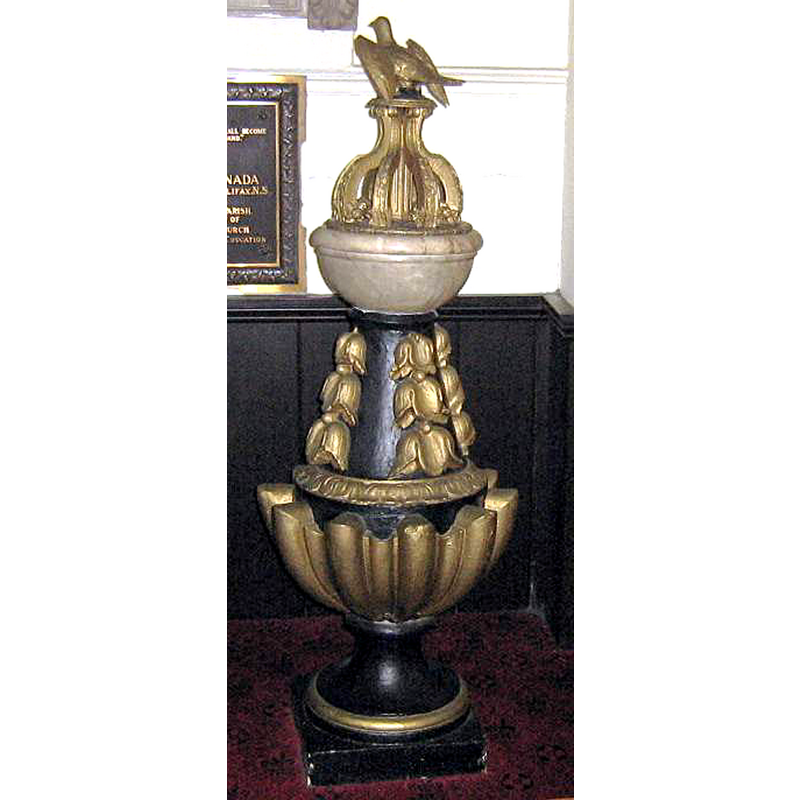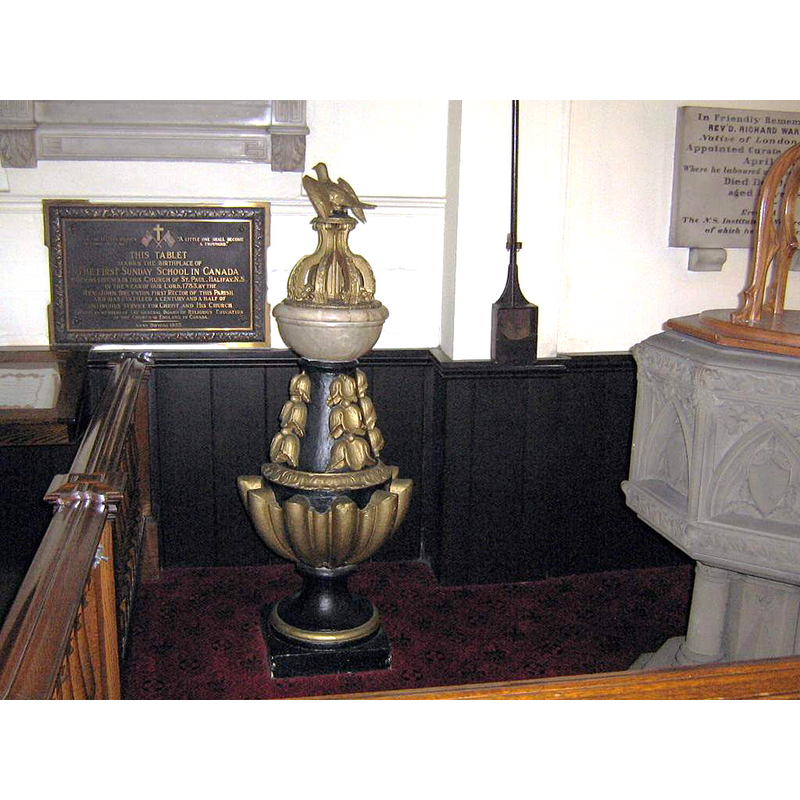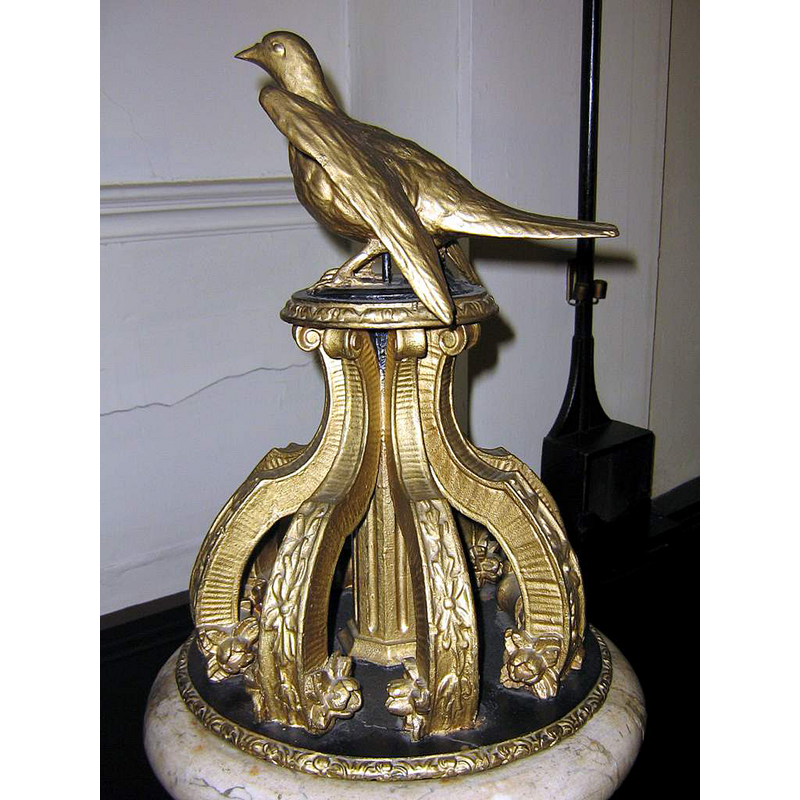Halifax in Nova Scotia
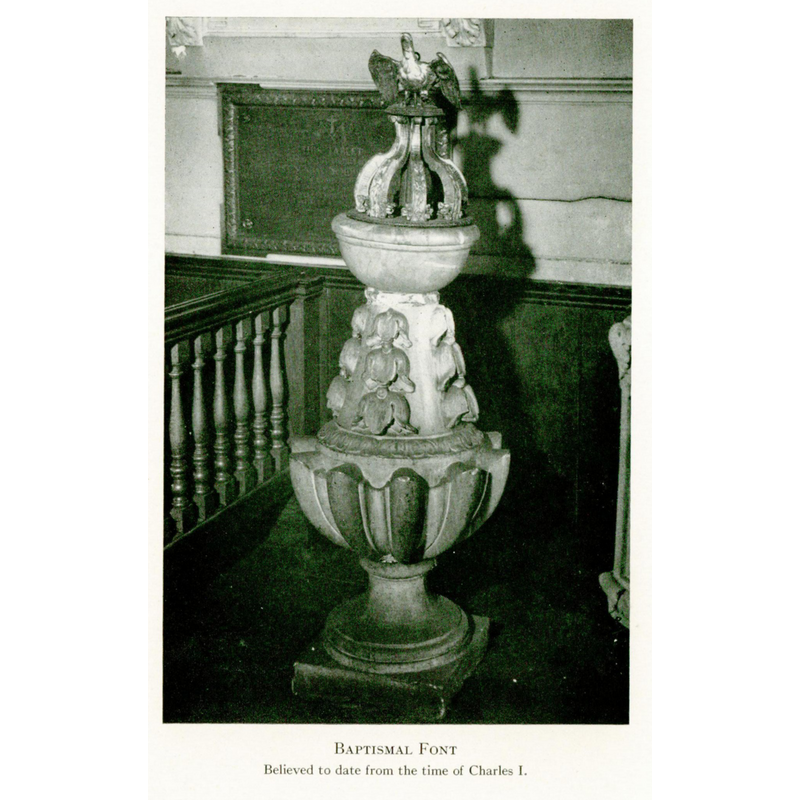
Image copyright © Joe Halbersma, 2008
CC-BY-SA-3.0
Results: 11 records
view of base
view of base - detail
Scene Description: damage showing the composition of the stone base
Copyright Statement: Image copyright © Amy & John McKay, 2006
Image Source: digital photograph by Amy & John McKay, St. Paul's Church, Halifax
Copyright Instructions: Image and permission received from the authors (e-mail of 30 March 2006)
view of base - detail
view of basin
view of basin - detail
view of basin - interior
view of church interior
view of font and cover
view of font and cover
view of font and cover in context
Scene Description: note the stone font on the right side of the image
Copyright Statement: Image copyright © Amy & John McKay, 2006
Image Source: digital photograph by Amy & John McKay, St. Paul's Church, Halifax
Copyright Instructions: Image and permission received from the authors (e-mail of 30 March 2006)
INFORMATION
FontID: 11591HAL
Object Type: Baptismal Font1
Church/Chapel: Parish Church of St. Paul [origin unknown]
Church Patron Saints: St. Paul
Country Name: Canada
Location: Nova Scotia
Font Location in Church: Inside the church, in the baptistry, located on the SE corner of the church
Century and Period: 17th century[basin only?] [composite font?, Baroque [composite]
Credit and Acknowledgements: We are grateful to Amy and John McKay, and to Joe Halbersma, of Halifax, Nova Scotia, for the photographs of and information on these two fonts
Font Notes:
Click to view
The more striking of the two fonts kept at St. Paul's is somewhat of a connundrum and, more than likely, a composite object made of several parts never intended to be a unit originally: the small hemispherical basin could be late 17th-century, not very different from the plainer ones made by Sir Christopher Wren in the massive reconstruction of London (England) churches bult or re-buil after the Great Fire of 1666; it appears to have been cemented to a body of what looks more like a garden ornament than a baptsmal font, although it must be noted that there are baptismal fonts of the 17th and 18th centuries that are practically indistinguishable from their sister flower-pots and planters doing service in Roccoco gardens or dance halls. The St. Paul's official web site [http://www.stpaulshalifax.org/page38.html] [accessed 2 August 2008] states that "The small, alabaster font, with the dove alighting on its lid, is said to date from a century or more before St. Paul's was founded". Amy McKay, of St. Paul's Church Archives, Halifax, Nova Scotia informs of "a font presented to St. Paul's Church in 1845 by the Bishop of Newfoundland [...] According to our church history this font is thought to date from the time of Charles I [mid-17th century] but [...] whatever information passed along by the Bishop of Newfoundland in 1845 has been lost." The font consists of a small hemispherical marble basin decorated only with a moulded upper rim, raised on a complex base that starts at the bottom in the shape of a ribbed baptismal font, the ribs gilded on a black background; a conical stem stems from it, the sides decorated with gilded foliage; the font cover, though imitating the Jacobean covers with S-shaped ribs around a central pivot and topped with a gilded dove, it is done in the same style as the base, which suggests French Empire rather than English Carline. A recent [March 2006] communication from Amy McKay to BSI noted that the base of the font is made of concrete [cf. Images area] [NB: Ms Mackay is working in the church archives in the hope of locating further information pertinent to this font]. A larger octagonal font of the more coventional type stands next to this font. Ms. McKay informs BSI that the font "was presented to the church in 1873 by Joseph Norman Ritchie, a parishioner. It is signed on the base plinth 'Bishop Evans, Halifax, N. S.' The oak cover was added fairly recently" [NB: this font is not included in the Index on account of the late date].
MEDIUM AND MEASUREMENTS
Material: stone, marble? / alabaster? [basin only]
Font Shape: hemispheric (mounted)
Basin Interior Shape: round
Basin Exterior Shape: round
LID INFORMATION
Date: 18th-19th century?
Material: wood
Apparatus: no
Notes: painted and gilded [cf. FontNotes]
